
Recovery from surgery for inguinal hernia
Inguinal hernia is a medical condition that affects persons of both sexes, but is much more common in males. In some persons, lower muscles of the abdomen are weak and it is possible for a small bit of small intestine to bulge out between these muscles. This condition is known as an inguinal hernia. The bulging part of the small intestine is referred to as intra-abdominal fat. In this condition, it is protruding through a section of the inguinal ring that forms the opening to the inguinal canal. For this reason, this type of hernia is referrrd to as inguinal hernia.
Areas typically affected by inguinal hernia are either the groin or the area between the stomach and the thighs. As affected region is quite delicate, recovery from surgery for inguinal hernia must be approached with a lot of care and attention so that relapse is avoided.
Kinds of inguinal hernia
There are two kinds of inguinal hernias, each caused by different factors.
The first kind of inguinal hernia is direct inguinal hernia, which is caused by degradation of the connective tissue found in the muscles of the abdomen. This is a gradual process that occurs slowly as we grow older. This condition is eventually caused by any activity or stress that leads to weakening of connective tissues in the lower abdomen. Therefore recovery time for direct inguinal hernia lasts longer. Only males are affected by direct inguinal hernias.
Second kind of inguinal hernias are indirect inguinal hernias. These are congenital, which means that you a person is born with this condition. It is caused by a slight defect in the development of the baby inside the womb: an opening in the inguinal ring could remain open even after the baby is born. Baby affected with this will develop inguinal hernia, which requires immediate recovery measures. This type of hernia is also more common in male newborns.
Surgery for inguinal hernia
The procedure uses laparascopic techniques, so that only minimal incisions are needed. Protruding part of the small intestine (hernia sac) is detected and then pushed back behind the abdominal muscles. Damaged muscles are then repaired. This is done by either suturing or by mesh grafting the damaged region. Thus a hernia cannot develop in that region in the future.
Recovery from the surgery
Depending on the severity of the hernia, surgery might be needed immediately or might be postponed until a better moment. It will take a week or a week and a half for the stitches to dissolve, and care should be taken not to open up the wound during that time. Operated person must not lift anything heavy for at least a month. It should also sit in an inclined position so that there is no extra pressure on the stitches. For two weeks after the surgery, the diet should be comprised mostly of vegetables, fruits and high fiber foods, and in order to avoid constipation. Full recovery is expected in two to five weeks.


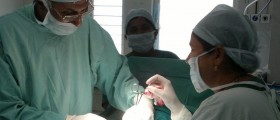


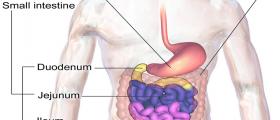


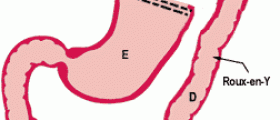
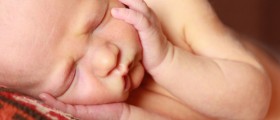


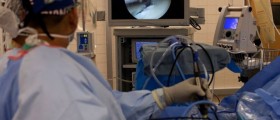
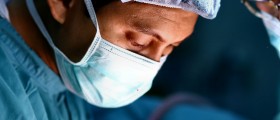


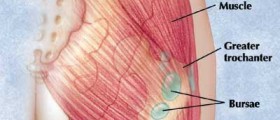
Your thoughts on this
Loading...